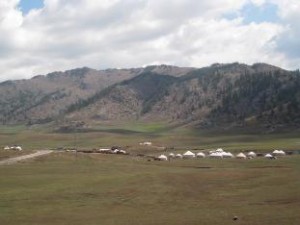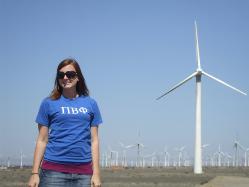
Energy resources for rural electrification are variable and widely dispersed, so a solution for one region might not be appropriate for another. That’s particularly true when it comes to the electrical needs of rural areas in developing countries. These communities often are either isolated from the grid or pursuing electricity independence. Both fossil fuel and renewable technologies may be feasible as power generating options.
The LACER team employed a balanced scorecard approach in a study on power generation in rural communities, which considered societal concerns, community conditions and economics to identify important issues in the energy decision-making process. This method allows a direct comparison of renewable and non-renewable technologies while generating options that best match the community’s needs in various circumstances and power demand situations.


To illustrate this approach, data from Buergin County in China’s Xinjiang Province was used. Melissa Holtmeyer spent one summer conducting research at Tsinghua University in Beijing to obtain this data under a grant from the McDonnell Academy Global Energy and Environment Partnership (MAGEEP). She also traveled to rural areas in the Northern Xinjiang province under the guidance of Dr. Shuxiao Wang and graduate students of the Department of Environmental Science and Engineering at Tsinghua University. Data was collected through conversations with local nomadic herders and local officials in and around Buergin County in Xinjiang. The herders had no access to electricity except through household-based renewable systems, including photovoltaic solar cells, small-scale wind turbines and a hybrid system with both photovoltaic solar cells and turbines.

